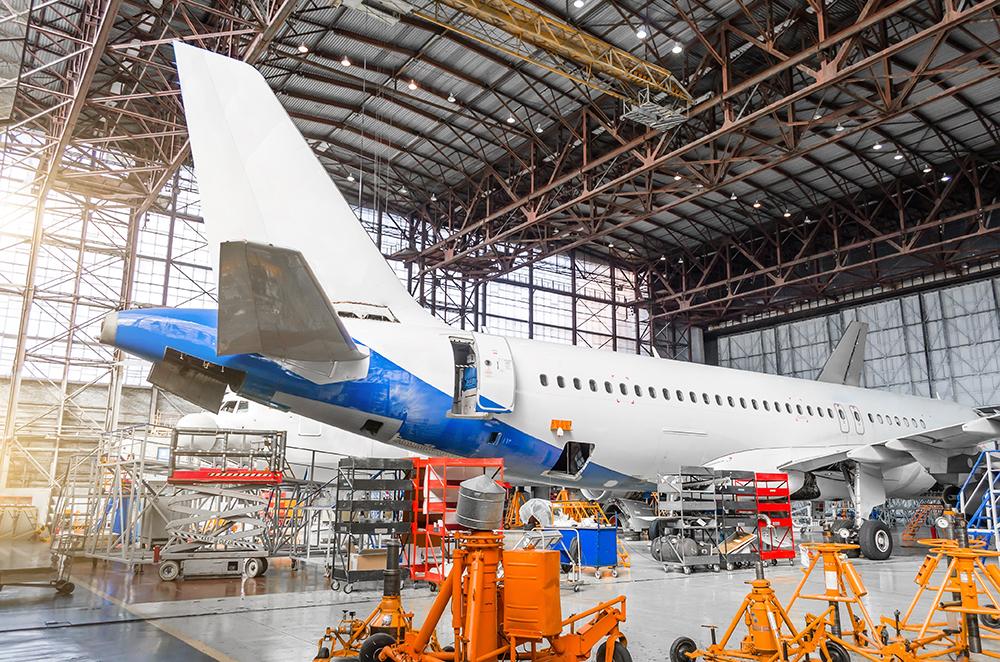
Financial strains on airlines and lessors are making them cautious about major modification projects. That is even more reason to work as smart as possible on mods that are sought, according to the Independent Aircraft Modifier Alliance (IAMA).
Lindsay Sander, technical alliance manager at IAMA, provided tips on how both mod customers and suppliers can work smarter. “More detail, less surprises,” was the overall theme, especially when mod customers prepare requests for proposals (RFPs). She went on to offer detailed recommendations on how this should be done.
First, says Sander, both customer and supplier should appoint a single point of contact to manage their interactions and RFP deliverables. Points of contact should discuss expectations for after-sales support, de-modifications, validation of parts and work, as well as maintainability of the modified aircraft.
Sanders says each potential bidder should submit only one set of questions to avoid time-wasting back-and-forth communication. And bidders should document any assumptions made within their eventual proposals. Customers, in turn, should anonymize submitted questions and provide all the answers to all potential bidders, Sander advised.
Who should the RFP be sent to? IAMA says its website can help focus RFPs on suppliers with the right capabilities. The organization rolled out an online RFP service earlier this year.
Next up are the contents of the RFP itself. Sander said suppliers view the RFP in very simple terms: “If it’s not in the scope, it’s not in the quote,” she says. That means an RFP should include not only all the work to be done, but all the other factors that could affect price, difficulty, timing and requirements for the work.
If a customer leaves too much out of the RFP and the mod supplier suggests more detail, the customer may suspect the supplier is just trying to "upsell" the job to reap more revenue. That is a bad way to start off a relationship that is important to both parties.
Aircraft make, model and serial number must be specified in the RFP, says Sander. Proposed changes must be described in as much detail and with as much illustration as possible, including block diagrams and Location of Passenger Accommodations (LOPAs) for cabin mods, when needed and available.
Sander urges customers to specify who will manufacture or provide parts, any part qualification if expected and any modification of existing equipment needed.
Expectations for de-modification and certification should also be listed in detail, including design approval holders and certifying civil aviation authorities, she says.
Existing mods, supplemental type certificates, minor design changes and coming airworthiness directives that may affect the mod should also be given in the RFP, says Sander. Preferred sub-contractors and methods of accessing OEM data are also helpful. Finally, the expected schedule will help the supplier plan its resource use and expenses.
Sander acknowledged that some customers may not know or have decided on all these points when issuing the RFP. That is okay, she says, as long as the customer deliberately notes items that are open for discussion or supplier recommendation. It may also be useful for the supplier to seek the aid of an independent consultant in completing the RFP.
There is room for flexibility and no rigid standard for preparing an RFP, says Sander, but both parties should at least think through each of the points mentioned above and understand their implications. IAMA is preparing a white paper and RFP template to help clarify all these tips for both mod suppliers and their customers.





